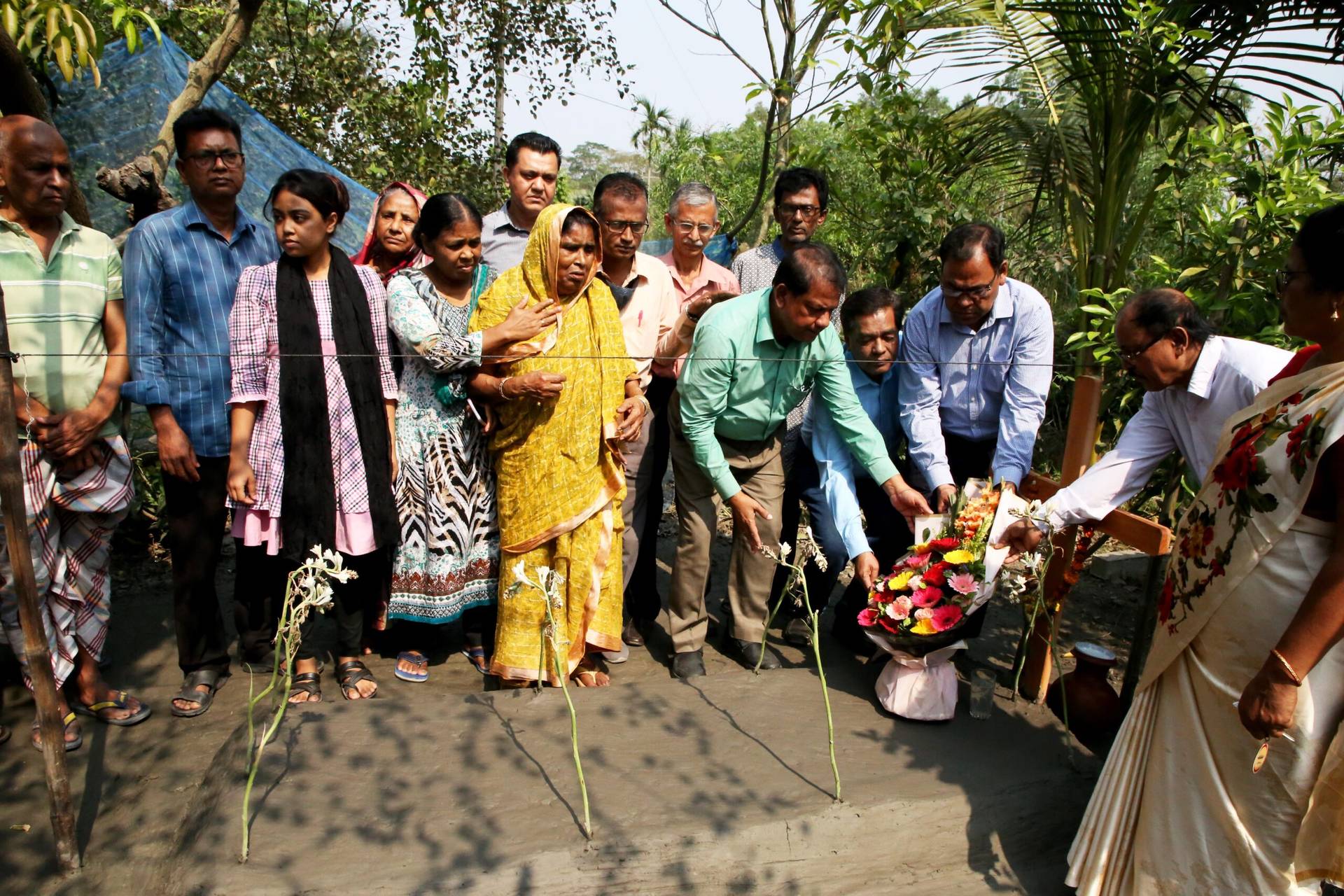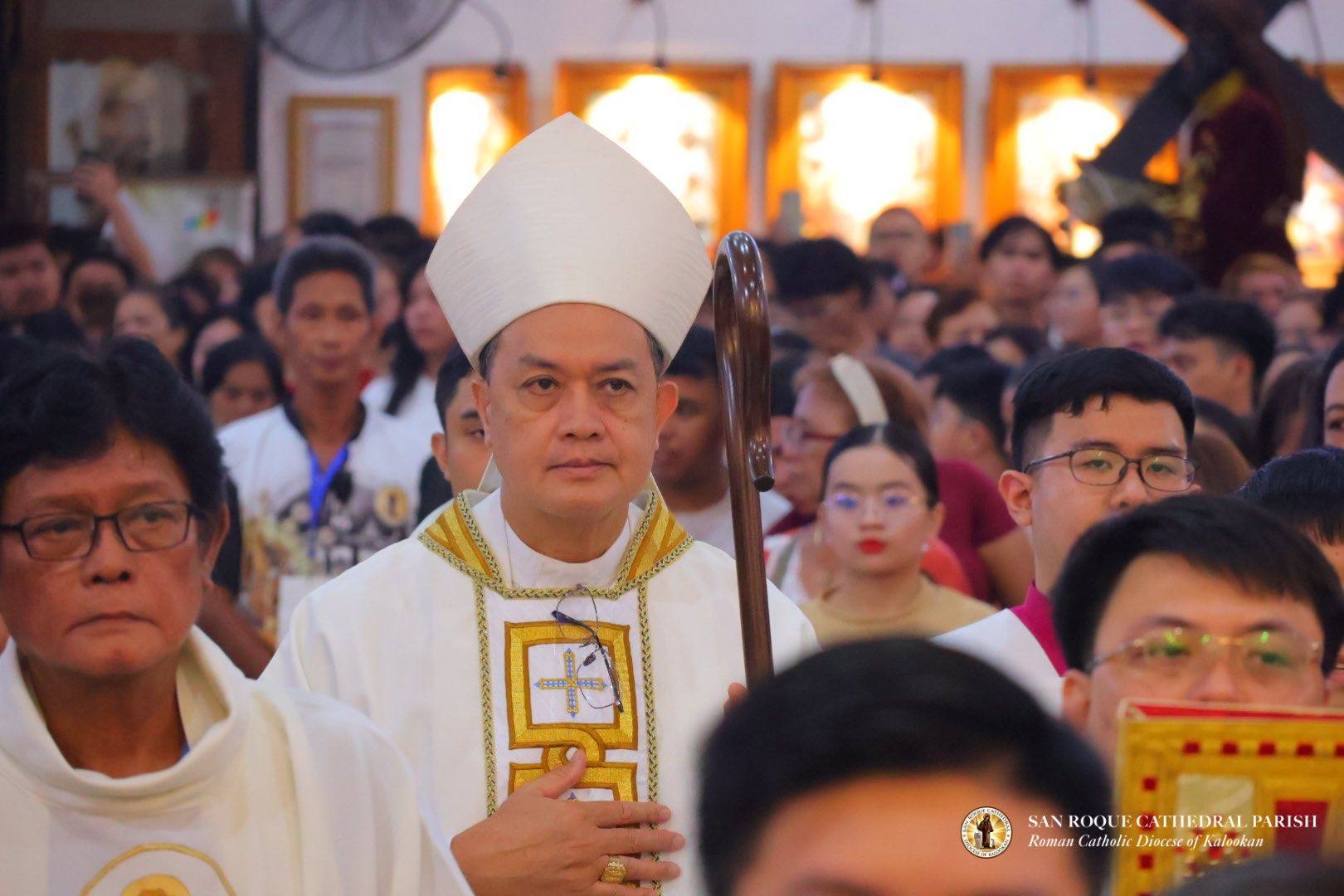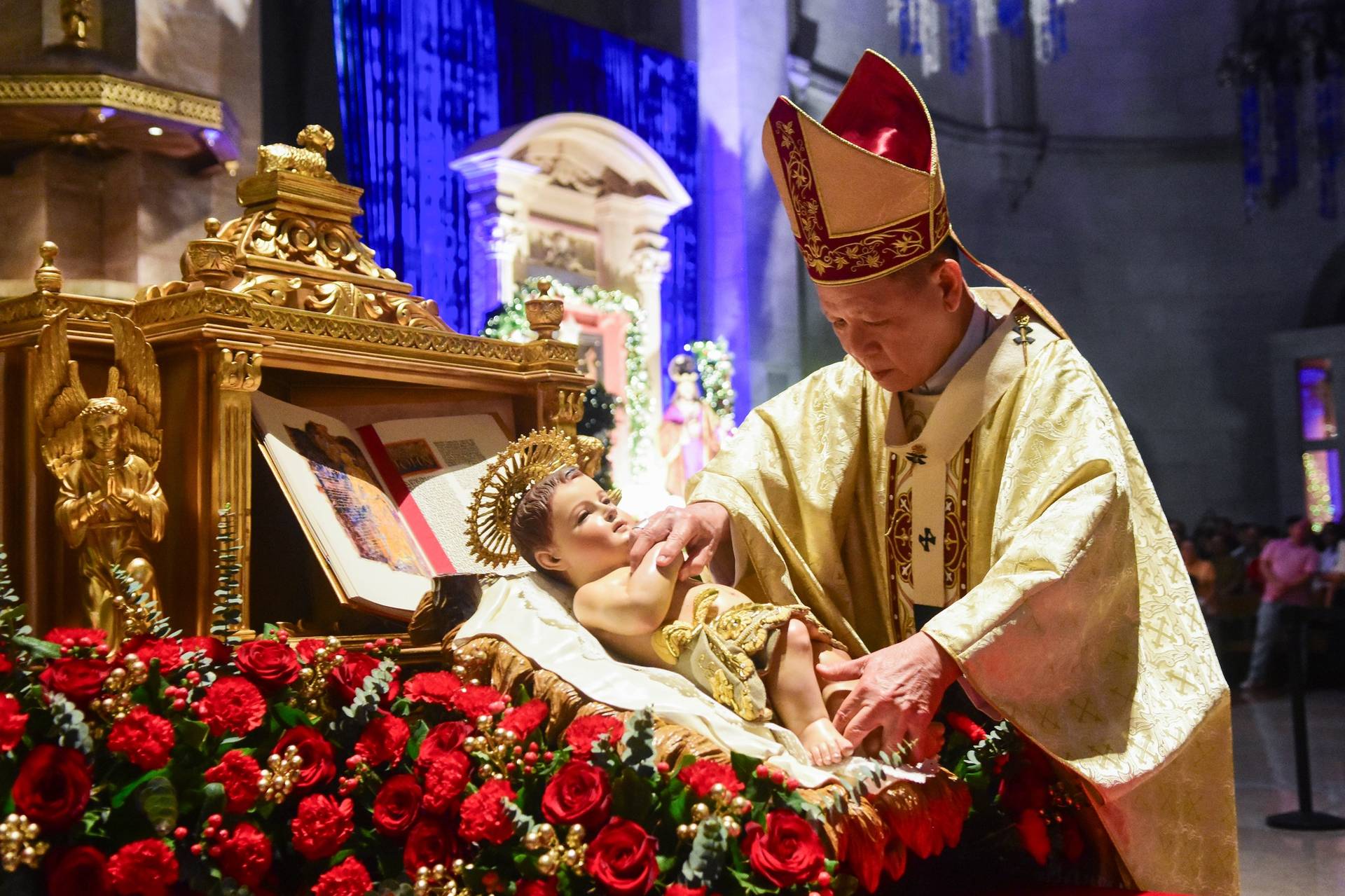ROME – Missionaries in Mongolia have said locals are “shocked” by Pope Francis’s upcoming Aug. 31-Sept. 4 trip and see it as an opportune time to introduce Catholicism to the former Communist nation, where Catholics are a tiny minority and the faith is relatively unknown.
Speaking to journalists during a media roundtable, Salesian Father Jaroslav Vracovský, pastor of Shuvuu in Mongolia, said the people “are in shock” over the papal visit.
As a majority Buddhist nation, most people “don’t know who the pope is or why he is here. Most don’t know what’s going on or how important it is,” he said.
According to statistics by the Catholic nonprofit Aid to the Church in Need, Mongolia is 53 percent Tantric Buddhist, 39 percent atheist, 3 percent Muslim, 3 percent Shaman and 2 percent Christian.
“We are eager to have this experience, and to have the pope listen to missionaries and meet them face to face. This is our task, to introduce them to what is going on,” Vracovský said, saying he hopes to use the trip as “an occasion to introduce what is going on: Who is the pope, who is this pope? I am using this occasion to introduce what the Catholic Church is. We are looking forward to it.”
Similarly, Father Paul Leung, Salesian delegate in Mongolia, said it is not only Mongolia’s 1,500 Catholics who are surprised by the papal visit, but everyone is.
“People never thought the pope would visit, they never thought of that, so now they are preparing to meet the Holy Father,” he said, saying Mongolia’s nomadic culture is traditionally “very welcoming,” and people are “eagerly” preparing for the pope’s arrival.
Leung said the papal trip is an important moment for Mongolians, an is “a good opportunity to widen the vision of our Catholics here, because Mongolia is a completely closed country. It is enclosed by Russia and China.”
“It is a really positive thing for the Church here. For Mongolians here, even though they are not faithful, they are surprised and want to know who the Holy Father is…Even some Catholics ask, why is the Holy Father coming, for what purpose? It is a good opportunity to introduce the Catholic Church to them,” he said.
The formal itinerary of the trip has yet to be released, but it’s expected the pope will spend most of his time in the country’s capital city of Ulaanbaatar.
In keeping with his attention to the global peripheries, Francis last year named the apostolic prefect of Ulaanbaatar, then-Bishop Giorgio Marengo, as a cardinal, giving him a red hat and appointing him as a member to the Vatican’s Dicastery for Evangelization.
Beyond the pastoral interest in visiting Mongolia’s tiny Catholic population, many have speculated that regional geopolitics is another motive for the pope’s visit, given that Mongolia shares borders with both China and Russia, two countries currently of extreme interest to the Vatican.
For the past year and a half Pope Francis has been engaged in peace efforts for the war between Russian and Ukraine. He has repeatedly offered for the Vatican to serve as mediator, and his personal peace envoy recently closed visits to both Kyiv and Moscow.
China is also of keen interest to the Holy See, which signed a secret provisional agreement on episcopal appointments with the Chinese in 2018. Though that controversial deal has been fiercely debated, it has twice been renewed, with Vatican officials repeatedly stressing the potential long-term payoff of dialogue.
Asked about Chinese influence on Mongolia society, Leung said that traditionally, China and Mongolia were enemies, “so even today many Mongolians don’t like China.”
“Of course, they are neighbors, and economically Mongolia and China are together, especially Mongolia is reliant on China, that is true, but for Mongolians, many of them don’t like the Chinese,” he said.
Despite this lingering cultural distaste, China has a clear economic and political influence, yet when it comes to the faith, China holds no sway, Leung said, but voiced his belief that many Chinese Catholics will likely come to Mongolia for the pope’s visit.
“It’s an opportunity for Chinese faithful to meet the Holy Father, because to go to Italy is more difficult, but going to Mongolia is easier for them,” he said.
Speaking of Russia and the impact of the country’s war with Ukraine, Vracovský said traditionally Mongolians are friendlier toward Russia, and that the connection with the country “is still strong.”
The Ukraine war “is a bit distant” from their daily reality, but Mongolians want peace, he said, saying many “can’t understand what is going on.”
Despite Mongolians’ general support of Russia, “I can’t say they are going against Ukraine,” Vracovský said, saying, “their wish is, let there be peace in Ukraine. The topic is distant to them.”
Vracovský said he does not know whether Pope Francis will specifically address the Ukraine war while he is in Mongolia, but expects the pontiff to deliver a message of peace regardless, as he often does when he travels and because his voice holds weight in the international community.
Leung said he expects the pope’s visit to focus more on “pastoral things, it’s a pastoral visit.”
Politically, China holds more influence than Russia does, he said, but voiced his conviction that “the visit to Mongolia is more about pastoral than political things.”
Leung and Vracovský also spoke about Catholicism and relations with other religions in Mongolia, where there are just 1,500 local Catholics, with a small number of foreigners also present in the community.
Catholicism, Leung said, has been present in Mongolia since the 13th century, but it has experienced “many changes.” Currently, there are around 77 missionaries from 10 congregations serving the country’s Catholic population, three of whom are male communities and seven are women’s religious orders.
There is still a shortage of priests, as more are needed for the celebration of Masses and other liturgical events. The Salesians themselves, Leung said, number around 10 and have three community houses throughout the country.
In terms of relations with other faith communities, Leung said “There is never any conflict.”
Most Mongolians are atheist, he said, noting that for 70 years the country lived under the communist system, the effects of which can still be felt, especially when it comes to feelings about religion in general.
Those who are atheist “keep their distance from us…even other religions have the same problem,” Leung said, saying most who have faith are Tibetan Buddhists, but for many Mongolians, “religion is one thing, and social life is another thing. That is the influence of the communist system.”
Other religions generally hold the same position as Catholics, he said, saying they “have to cooperate, especially for some social issues.”
Vracovský said there are also many Mongolians who are Shamanists, and that the relationship between the various religious communities “is quite good.”
For the Catholic community, “we would like to be not only promoting Catholic faith and Jesus Christ, but also full human development. Helping the poor people with education, helping in the villages. Through social service we are accepted,” he said.
Many who receive assistance from the Catholic Church ask about the faith, he said, noting that religious practice is different for Mongolian Catholics than it is for Catholics in Europe or elsewhere in the world.
“Outside of Mongolia, Catholics only go for Mass. It’s not like Mongolia, because we must have something after that. If you show up to a small parish, you have some activities before the Mass: activities for children, even for adults, crafts. After Mass, a food program,” he said.
Many people don’t have lunch during the day, so the parishes offer soup after Mass and host activities for both adults and children, Vracovský said, noting that many people who come are not baptized, but they appreciate the assistance and the activities.
Non-Catholics who come are able to “grasp a bit of the faith,” Vracovský said, so as pastors, “we accompany them to baptism, accompany them in school, but to accompany them all the way is not easy” given the sparse population of Mongolia, which is home to around 3 million people and where livestock outnumber humans at a ratio of nearly 20 to 1.
Leung said the papal trip will also be a good learning experience for the Mongolian government and its political leaders, as many are unfamiliar with the Catholic Church.
Pope Francis was invited to visit Mongolia during last year’s consistory, when Marengo received his red hat. A small delegation from the Mongolia government met with the pope privately at the Vatican for the occasion and presented an official letter of invitation to visit, he said.
“Of course, for them, maybe they are not really so clear that they are inviting the Holy Father also as a religious leader…they invited the Holy Father mainly as the leader of a country, the president of the Vatican country, to visit,” he said.
To this end, he said that amid preparations, as the Vatican commission arranging the logistics of the visit met with Mongolian officials to find a location for a public Mass, initially “they didn’t know what Mass was,” and it had to be explained.
Now, government officials are more informed, he said, saying, “I think this is a fairly big change for the leaders in the government. This will also have a very positive impact for people here, I’m very convinced of that.”
Vracovský said that in terms of how the pope is seen by Mongolian politicians, Francis is “considered a man of dialogue, a man of peace and fraternity” and as a “democratic partner” with whom they can “move forward in some cooperation and collaboration.”
Yet despite the political implications of the visit, Vracovský said that ultimately, “the target group of the church is the ‘last ones’.”
“I am among the poorest of the poor people here,” he said, saying this is the community that Pope Francis is coming to meet.
Follow Elise Ann Allen on Twitter: @eliseannallen















